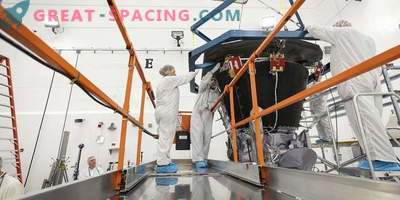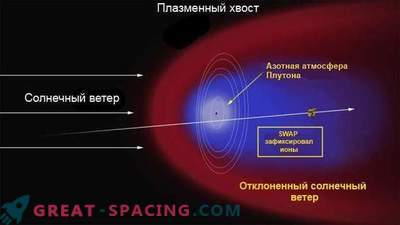
The ESA CubeSat mission showed that the device withstands the scorching heat of a simulated atmospheric entry inside the world's largest plasma wind tunnel.
The QARMAN model survived 6.5 minutes of testing inside a Scirocco aerodynamic plasma tunnel equipped with a cork heat insulation coating, side titanium walls and panels for the deployment of silicon carbide.
The arc jet, which uses up to 70 megawatts of energy (enough to illuminate a city with 80,000 inhabitants), turned the air into a hot plasma at a temperature of several thousand degrees Celsius and accelerated 7 times faster than the speed of sound.
CubeSats are low-cost nanosatellites based on standard 10 centimeters. Usually burned in the atmosphere, but the three-dimensional QARMAN is designed to resist combustion. The model was created for ESA at the Belgian von Karman Institute. QARMAN will use temperature and pressure sensors along with an emission spectrometer to collect valuable data in extreme re-entry conditions. The test gives confidence that the QARMAN design can withstand the process of returning to earthly atmosphere.
QARMAN plan to deploy with the ISS in 2019. It will rotate around the earth for 4 months before re-entering the atmosphere. His data will be transmitted to the Iridium satellites.










































